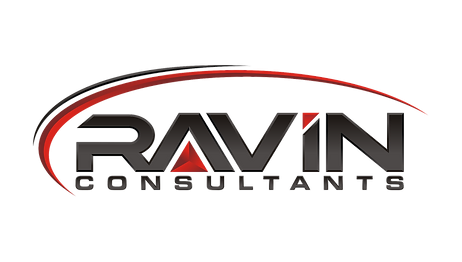340B Audits are a critical component of the 340B Drug Pricing Program compliance framework. For covered entities, preparing for and responding to audits can be a complex but manageable process. This article aims to provide healthcare providers with insights into the 340B audit process and offer practical steps for effective preparation and response.
Understanding the 340B Audit Process
The 340B audit process is designed to verify that covered entities comply with all aspects of the program. Audits can be conducted by various bodies, including the Health Resources and Services Administration (HRSA), manufacturers, or third-party auditors. Entities can expect the auditors to review drug purchasing records, patient eligibility documentation, and other compliance-related documents. It is important for entities to understand the scope of the 340B audit, the specific areas of focus, and the timeline of the process. Being well-informed about the audit procedures can help entities prepare more effectively and reduce the stress associated with the audits.
Pre-Audit Preparation
Proactive preparation is key to a successful audit experience. Here are steps that covered entities can take to prepare:
- Regular Self-Audits: Conduct self-audits regularly to identify and rectify compliance issues before they are caught in an external audit.
- Up-to-Date Policies and Procedures: Ensure that all policies and procedures are current and thoroughly document compliance efforts.
- Training and Education: Maintain ongoing training programs for staff to ensure they are aware of 340B compliance requirements.
- Organized Record Keeping: Keep all 340B-related documentation well-organized and easily accessible for audit purposes.
Effective Response to Audit Findings
Responding effectively to the 340B audit findings is crucial. Here’s how entities can approach this:
- Timely Acknowledgment: Quickly acknowledge any findings from auditors and provide a timeline for addressing them.
- Corrective Action Plans: Develop and implement corrective action plans to address the audit findings.
- Documentation of Changes: Document all changes made in response to audit findings to demonstrate compliance to auditors.
Post-Audit Actions
After an audit, entities should take steps to ensure ongoing compliance and program integrity:
- Review and Revise Policies: Based on audit findings, review and revise policies and procedures as necessary.
- Continued Monitoring: Establish or enhance ongoing monitoring programs to prevent future compliance issues.
Utilizing Technology and Consultants
Technology and 340B consultants can play a significant role in audit preparation and response:
- Leveraging Technology: Use technology solutions for compliance monitoring and record-keeping to streamline audit processes.
- Engaging Consultants: Consider engaging a 340B consultants who can offer expertise and support during audits.

